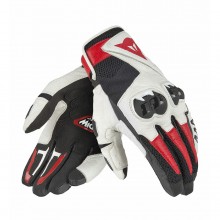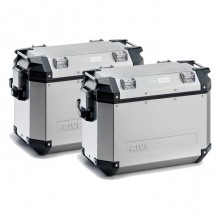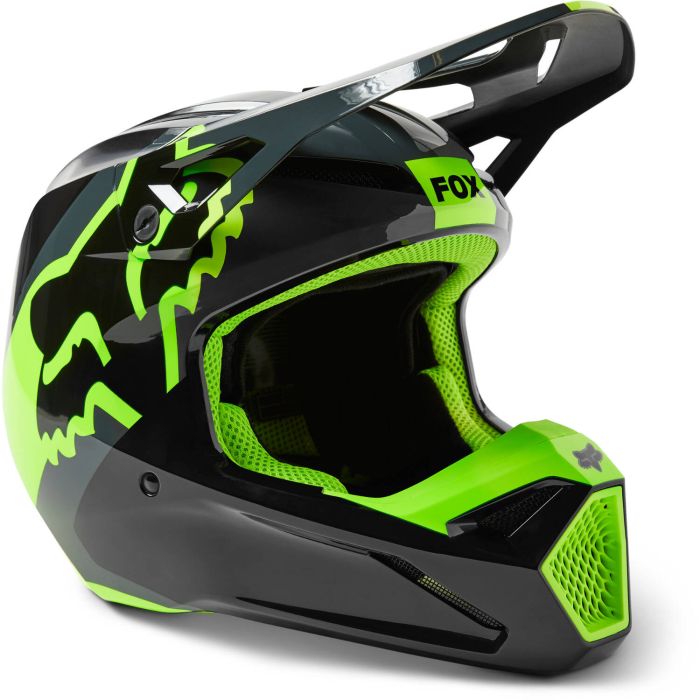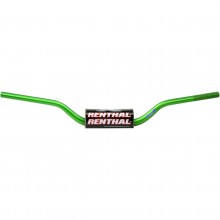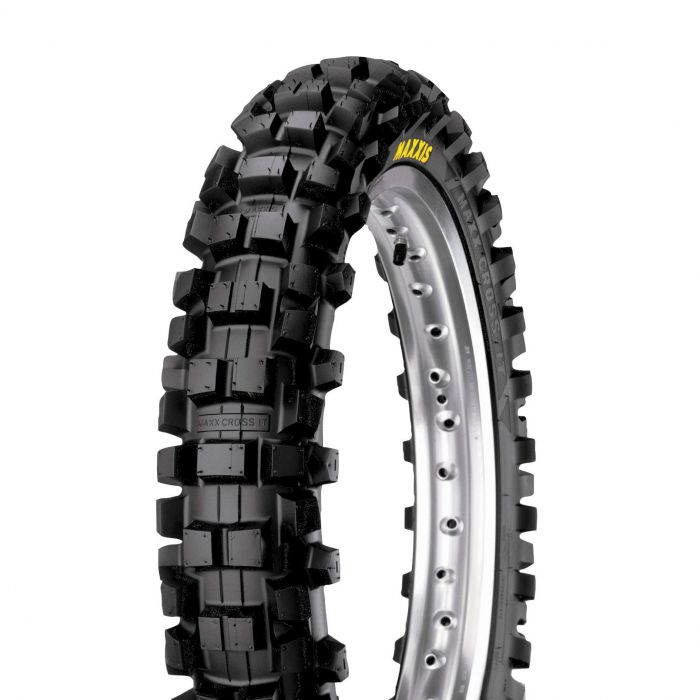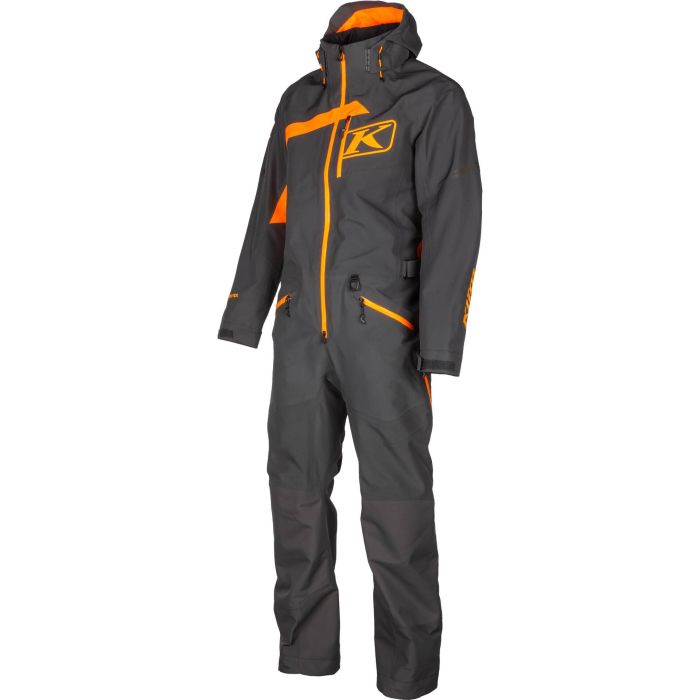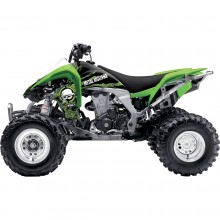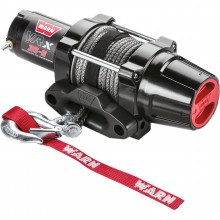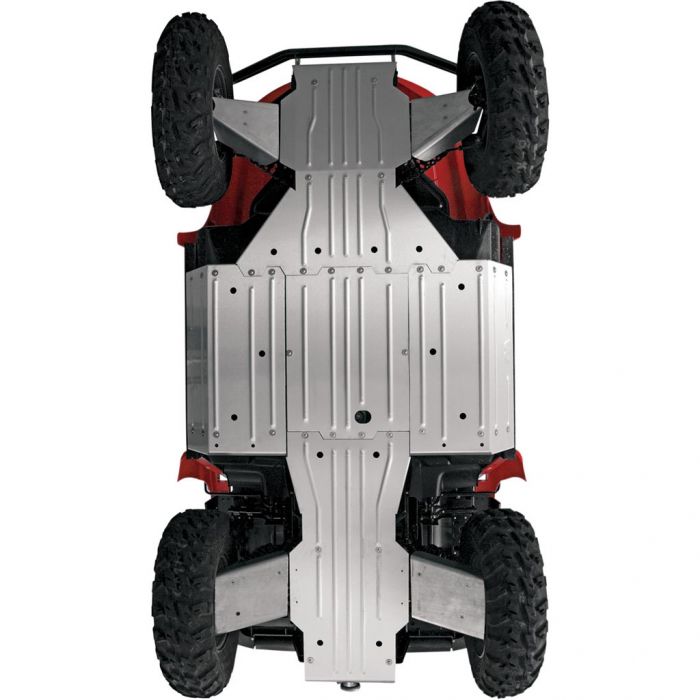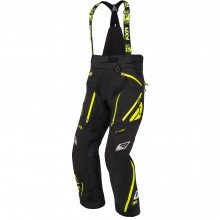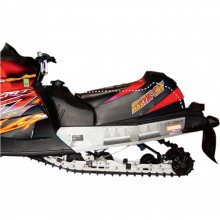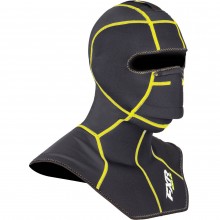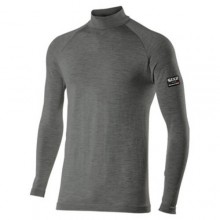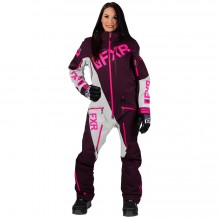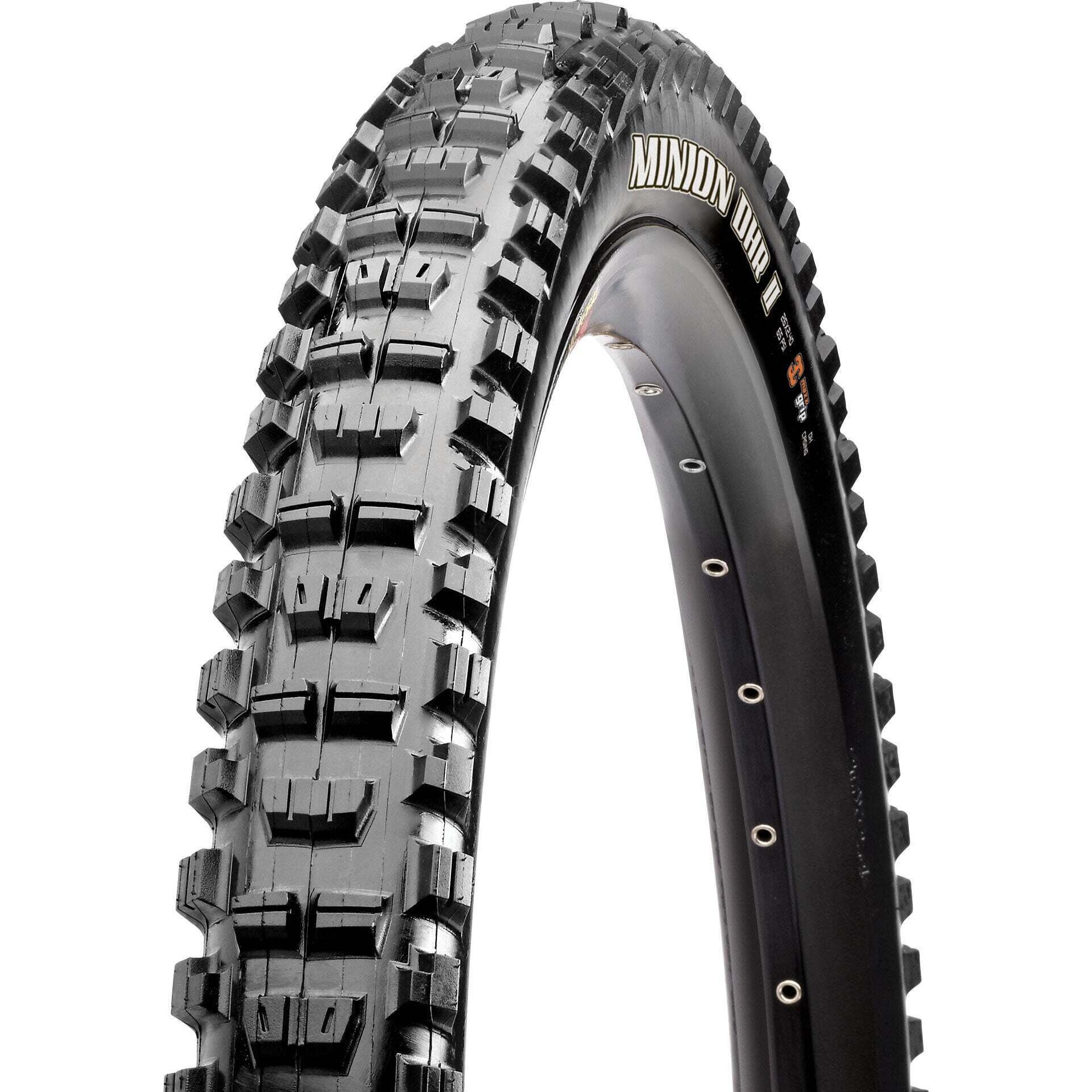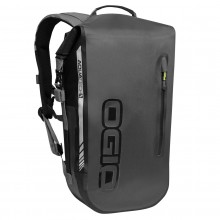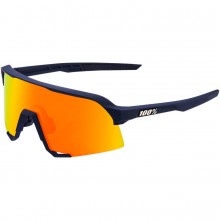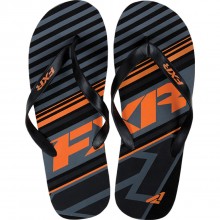So you want to learn how to ride a motorcycle? First off, welcome to the family! You must have a passion for two-wheeled vehicles and, around here, that’s the only criteria for joining the club.
If you want to drive on the road – and you don’t fancy getting arrested – you’ll have to obtain a licence first. If you agree, check out our article on How to Pass the Motorcycle Road Test .
If you've already gotten your licence, or you plan on solely riding off-road, then you’re ready to start learning! That’s right, passing the test means you’re ready to start learning . Because completing a pylon course and a 45 minute road test doesn't make you the Valentino Rossi of road riding, does it?
Besides, any motorcyclist with a head worth more than their helmet will tell you that they haven't stopped learning. Motorcycling is an art – you’ll never perfect it, but you should never stop trying.
Of course, the best way you can learn motorcycling skills is to get out and ride. And ride. And ride. That said, if there’s any usefulness to be found in words on a page, you’ll find it here. We put our heads together, and collected all the things we wish we knew before learning to ride.
Get Your Gear On
The first step to riding a motorcycle happens way before you swing a leg over. It’s called gearing-up, and it's a battle armor ceremony of sorts. Every rider does it differently, but the end goal is always the same: stay safe.
New motorcyclists tend to fall over. A lot. So this part is extra important for you. For the sake of brevity, we’ll redirect you to our Beginner's Guide to Motorcycle Gear .
Be Warned About Counter-steering
This will feel weird. As you approach a turn at speed, you’ll push the handlebars in the opposite direction to initiate the lean. So if you’re coming into a right hand corner, push the bars to the left and lean right. The reverse is true for left hand corners.
An easy way to think about this is to push with the hand you want to turn towards . Push your left hand forward, and you'll lean left. Push your right hand forward, and you'll lean right. At high speeds, the actual rotation of your handlebars will be negligible. It's the subsequent "lean" that makes the motorcycle change direction.
It’s best not to overthink this one too much. No matter how many times you watch it, read about it, or study the physics of it, it’s still going to seem unnatural at first. Just get on a bike, take some incrementally speedier corners, and you’ll feel how it works. But remember, like most things on a motorcycle, a delicate touch is the key. Throwing your handlebars into full opposite lock will get you onto Fail Blog – not the other side of a turn.
Be Tentative About Turn Speed
 Image by vtwinpixel / Shutterstock.com
Image by vtwinpixel / Shutterstock.com
Entering a corner at the right speed is more important for bikes than cars. That’s because braking a motorcycle will also widen its turning radius. It’s best to ponder this phenomenon now, as many motorcyclists – myself included – only come to understand the principle whilst sliding into a ditch.
So, here’s how it shakes down: If you enter a turn too fast, you won’t be able to make the corner. But, if you grab the front brake, the bike will begin to stand up. This decreases your lean angle, which means that you’re now turning even less sharply than before.
As you can see, it’s a lose-lose situation. You can stick to your guns and go into the ditch, or you can hit the brakes and go into the ditch. The latter option just means that you crash more slowly.
The solution, of course, is to enter the turn at the right speed. Before you learn what that speed is, it’s best to err on the slow side . Brake before the turn, and accelerate through it if need be.
Ride Like You're Haunted by Cows
Another problem is that, once a turn is initiated, motorcyclists have a hard time adjusting their cornering radius. So, if you come around a blind turn to find a piano in the middle of the road, you’re going to have a hard time avoiding it.
A friend of mine once hit a cow and – since the accident – he has visions of the same heifer around every corner. He claims to see the ghost of the cow that he killed and, to me, that seems like an excellent mindset for beginner riders. That is, always ride as if you’re haunted by cows. This way, you’ll anticipate an obstacle around every blind turn.
Lane Positioning Takes Forethought
For many new motorcyclists, lane positioning is an entirely foreign notion. If you’re used to squeezing a car between the lines, then you'll feel a little strange on a bike. All of a sudden, you have four or five vehicle widths to play around with.
But that doesn't mean you should stay in the middle. Or weave from side to side just because you can. Lane positioning is all about foresight and risk assessment. Make a habit of looking - and thinking - ahead. Here are some common examples.
Big truck coming at you? Move into the outside lane position to avoid the air turbulence.
Residential street? Take the inside line in case someone steps off the curb.
Approaching a turn? Stay to the outside of the corner, so you can angle your way into the apex.
Cruising in the countryside? If it's clear of oil or debris, stay towards the middle of the lane. This will give you multiple escape routes in case of unforeseen hazards.
I know, it seems like too much for the free spirited ethos of motorcycling. But don’t worry. Pay attention to these things in the beginning, and they’ll quickly pass into your subconscious. The more you ride, the more situations you’ll be able to predict and prepare for, the safer you’ll be.
![Open lanes give motorcyclists room to play around. But they're not playgrounds - Photo by Nicholas A. Tonelli [CC BY 2.0 (https://creativecommons.org/licenses/by/2.0/legalcode)] via Flickr.](/assets/mwpi/wp-content/uploads/2014/12/Open-Lanes-e1425574996629.jpg) Open lanes give motorcyclists room to play around. But they're not playgrounds - Photo by Nicholas A. Tonelli [CC BY 2.0 (https://creativecommons.org/licenses/by/2.0/legalcode)] via Flickr.
Open lanes give motorcyclists room to play around. But they're not playgrounds - Photo by Nicholas A. Tonelli [CC BY 2.0 (https://creativecommons.org/licenses/by/2.0/legalcode)] via Flickr.
Stay Loose on the Bike
When I first started riding, I would hang onto my handlebars like grim death. And that’s not just me! Tightening up is one of the most common characteristics of anxious and new drivers. Hence the term white-knuckling .
Riding with a vice grip is great for bulls, but not for motorcycles. If your upper body is too tight, you’re going to yank on the throttle, jerk the steering, pop the clutch and stomp the brake – all bad things to do.
Tight riders aren't able to lean the bike smoothly, nor turn their body to look through a turn. Moreover, they'll start shaking with fatigue after the first few kilometers. So loosen up a little and – if you can’t – head back to the parking lot until you’re more comfortable.
Having said that, staying loose is for the upper body only . Your thighs and knees should grip the motorcycle tightly – this is how you keep from falling off. Your feet should be comfortably set on the foot pegs, with the heels tucked in. Your lower body has to be solidly attached to the motorcycle, so you can manage the controls with a light touch.
Choose Your Riding Partners Carefully
Depending on which province you live in, it may be quite a while before you can ride alone. Make the most of this period, as it’s an excellent opportunity to get plugged into a riding community. As a bonus, you’ll be able to glean a few pointers from the veterans!
If you don't know many riders, have a look online for your local motorcycle forum. Many of these will have threads for new riders, where they can get hooked up with more experienced buddies.
However, always exercise caution when choosing who to ride with. Anyone who pressures you to ride faster or "keep up" isn't really a friend. Also, don’t ride with more than a few companions at once. Group riding requires a whole other skill set, which you don’t need to worry about right now.
Don’t be tempted to ride two up either. A passenger – especially a poorly behaved one – will throw off all the dynamics you've been trying to master. Honestly speaking, two up riding is for very experienced riders only. For new motorcyclists, it’s probably worth waiting a couple seasons before giving it a try.
![Riding with passengers takes mad skill. If you have any doubt, wait it out. Photo by Chris [CC BY-NC 2.0 (https://creativecommons.org/licenses/by-nc/2.0/legalcode)] via Flickr.](/assets/mwpi/wp-content/uploads/2014/12/family-on-motorbike-e1425575646628.jpg) Riding with passengers takes mad skill. If you have any doubt, wait it out. Photo by Chris [CC BY-NC 2.0 (https://creativecommons.org/licenses/by-nc/2.0/legalcode)] via Flickr.
Riding with passengers takes mad skill. If you have any doubt, wait it out. Photo by Chris [CC BY-NC 2.0 (https://creativecommons.org/licenses/by-nc/2.0/legalcode)] via Flickr.
Pay Attention to Traffic Like Never Before
On a motorcycle, you’re relatively small and exposed. So, whatever vigilance you learned in a car should be put into overdrive.
For one, check your mirrors more frequently – especially when sitting at stop lights. Drivers will often look straight past motorcyclists, so have an escape route ready in case the vehicle behind you fails to slow down.
You should also keep a more watchful eye on motorists in general. Especially left-turning cars that might cut in front of you. The old saying goes, ride like you’re invisible and everyone else is drunk . It’s good advice.
Make a Hobby of Motorcycle Mechanics
It also helps to be aware of the mechanics on your motorcycle. That’s because mechanical failure can be an especially large bummer on two wheels.
Motorcycles are simple, so it’s not hard to get a pretty good handle on what’s going on. Make a hobby of motorcycle maintenance and it will pay dividends down the road. To learn how to perform a thorough safety check, see Five Motorcycle Safety Checks You Should Pay More Attention To .
As a side note, motorcyclists have to be especially careful about the weather too. Hail might be annoying when it’s hitting your car’s windshield. But when it’s hitting your face at 60 km/h, it’s straight-up dangerous.
Brush Up on Your Riding Techniques
 Image by sonsam / Shutterstock.com
Image by sonsam / Shutterstock.com
With a licence proudly in hand, many riders burst from the training course without ever looking back. And who could blame them? Riding a two-wheeled beast around the pylon track is about as fun as waterskiing in the marina.
However, don’t hesitate to head back to the parking lot when it’s time to brush up. If you want to master your motorcycle, take some sidewalk chalk to a wide-open space and carve out a tight course. Ride it slowly, and you’ll build the muscles necessary to maintain good control of your bike. It’s not that veteran riders are strong and newbies are weak. Rather, it’s all about muscle memory . You may have the strength to keep a big bike from toppling over, but will you be able to apply it in time? Slow speed trials may seem like silly drivers-ed business, but even the most experienced road riders use this method to hone their skills.
Also, if you’re unsure of what your bike can do, use an abandoned road to figure it out. Practice hitting the gas hard, and then braking as fast as you can. It’s important to get a feel for your bike’s power, because you don’t want it to surprise you while riding in traffic.
Of course, you won’t be able to put a superbike through its paces on some back road. That’s why it’s important to choose a manageable machine for your first motorcycle. Trust me – you’ll have way more fun beating the juice out of a 125 than getting scared to death by a litre-bike. If you need help choosing, check out our guide to the best beginner bikes of 2015 .
Having written this article, I’m reminded of all the close calls, big scares and little spills that taught me these principles. Some of the lessons have been tattooed onto my helmet. Onto my fenders. Onto my nerve.
And yet, several of these “beginner’s” tips still need to find a place in my riding habits. We are all learning to ride better. Always. I just hope that – after reading this – you’ll have a little head start.



